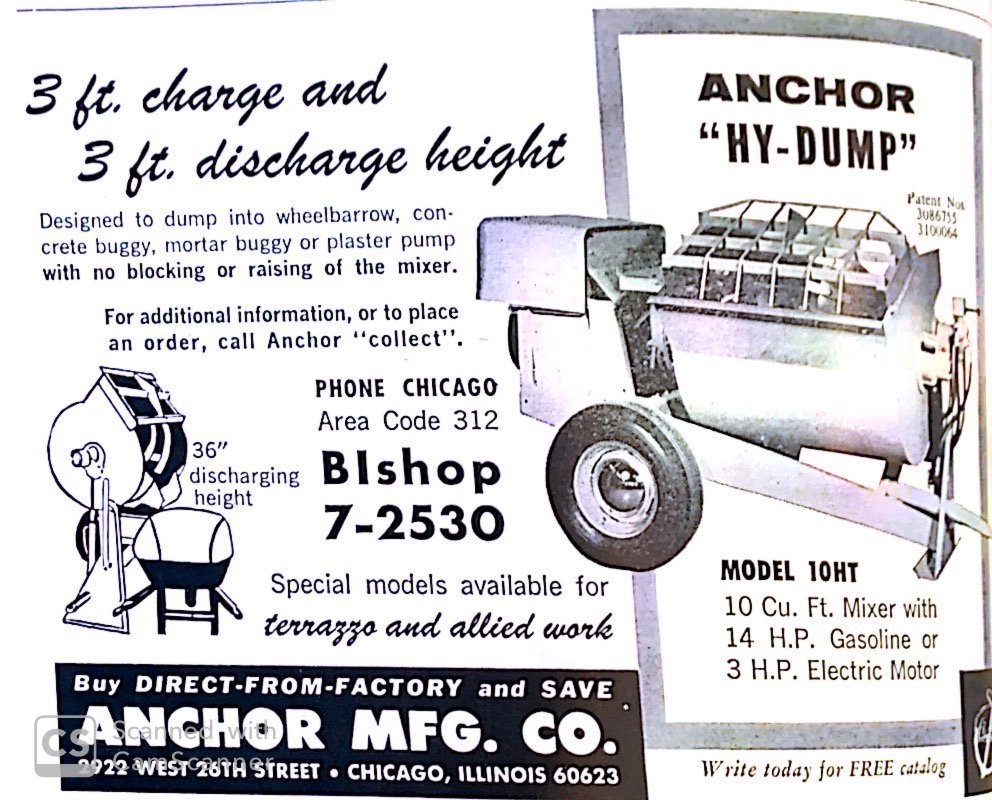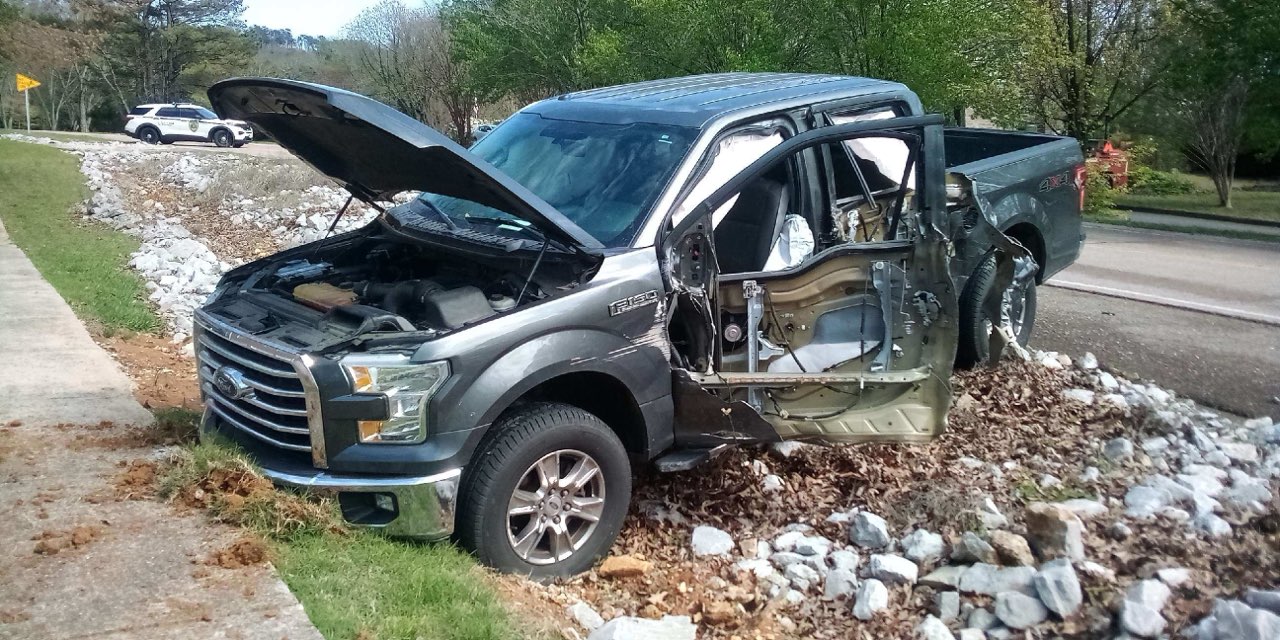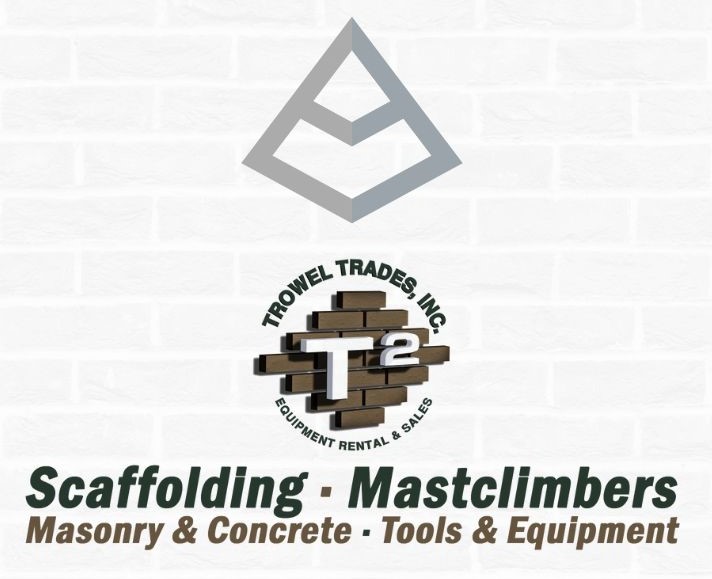
FREE SHIPPING ON
ALL QUALIFYING ORDERS
Enter your email below to join our mailing list:

The history of patents related to mortar mixers dates back to the 19th century, when the demand for efficient and reliable machines for mixing building materials like mortar and concrete was growing rapidly.
One of the earliest patents related to mortar mixers was filed by Joseph Aspdin in 1853 in England. Aspdin’s patent was for a machine that could mix mortar and concrete using a rotating drum. However, it was not until the early 20th century that mortar mixers began to be widely used in the construction industry.
In 1905, Frederick G. Hoffmann filed a patent for a “Mortar-Mixer,” which consisted of a large cylindrical drum mounted on a horizontal axis. The drum was designed to be rotated by a motor or other power source, and the mixing blades inside the drum were shaped to ensure that the mortar or concrete was thoroughly mixed.
Over the following decades, numerous improvements were made to mortar mixers, resulting in a wide range of different designs and configurations. In the 1920s and 1930s, for example, patents were filed for mixers that could be mounted on trucks or trailers, making them much more mobile and easier to transport to construction sites.
In the post-World War II period, innovations in motor and power technology led to the development of more powerful and efficient mortar mixers. In the 1950s and 1960s, patents were filed for mixers that used hydraulic power to rotate the mixing drum, which allowed for greater control and precision in the mixing process.
In recent years, advances in computer and automation technology have led to the development of automated mortar mixers that can be programmed to mix specific types of mortar or concrete based on precise specifications. Patents for these types of mixers typically cover the software and control systems that enable them to operate effectively.
Overall, the history of patents related to mortar mixers reflects the ongoing evolution of construction technology and the ongoing efforts to develop machines that can mix building materials more efficiently, reliably, and precisely.





No spam, notifications only about products and updates.

Having dealt with MK Diamond Products and the Delahauts since the mid 1990’s it is sad to hear the news that they have closed their

I’ve told my wife and daughter to never follow a mortar mixer down the interstate. For over 30 years we have sold, rented, and repaired

This question is one of the most frequent mixer related questions our rental staff are asked. Our contractor customers know the importance of using the right tools for the job.

Trowel Trades, a company that specializes in equipment rental, tool retail, repair services, scaffolding and mast climber access solutions, enters the Silver Tier of the Masonry Alliance Program.
Your email was submitted successfully.
YOUR 10% OFF COUPON CODE IS WELCOME10.
See category exclusions below.
Category Exclusions:
Arbortech Brick and Mortar Saw, Compaction, Concrete Mixers, Concrete Walk Behind Saws, Drop Hammers, Grout Hogs, iQ Power Tools, Masonry Block Saws, Masonry Brick Saws, Mast Climbers, Mortar Mixers, Mud Buggy, Saws, Scaffold, Self Dumping Hoppers, Shoring, and Stihl